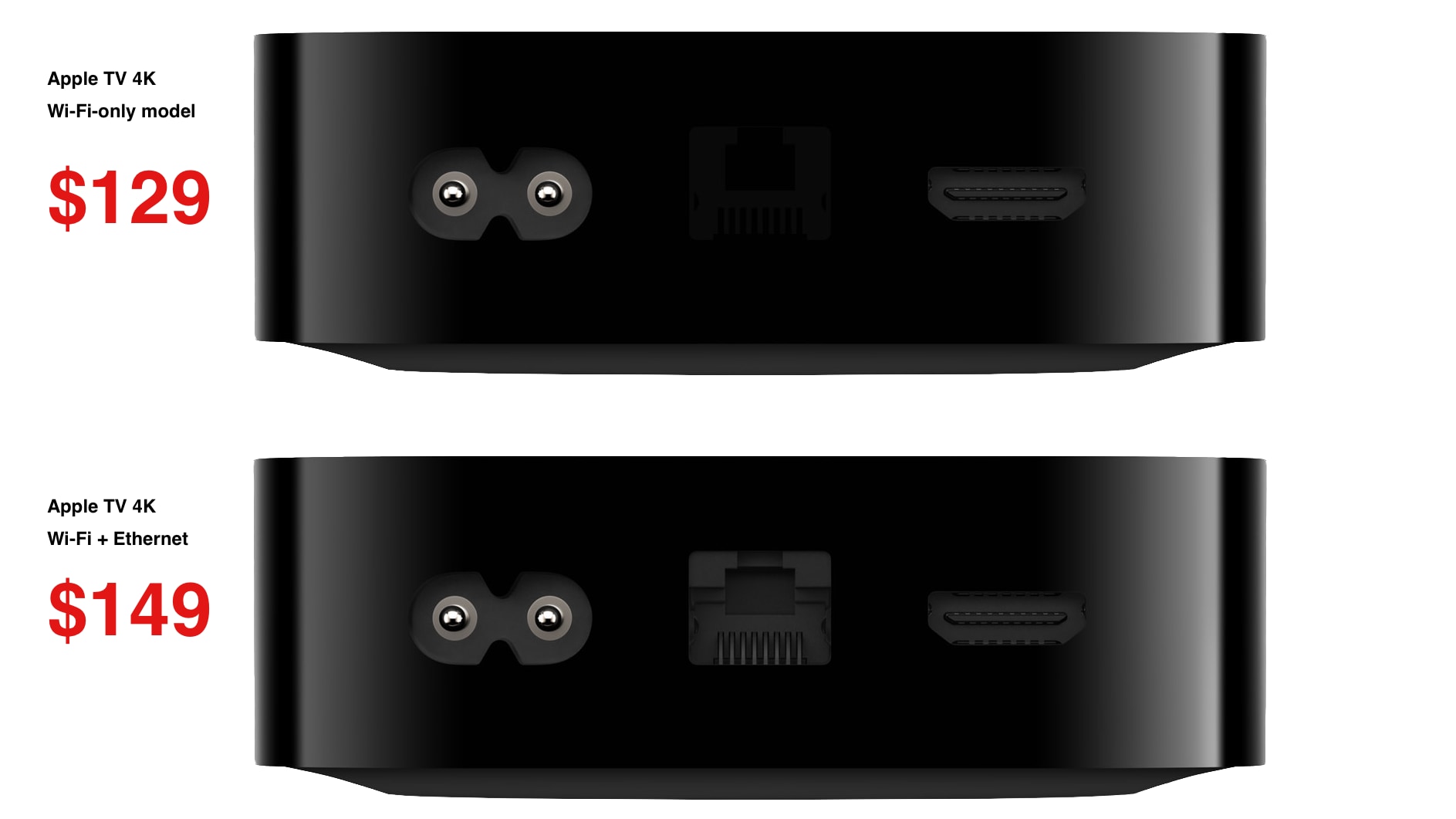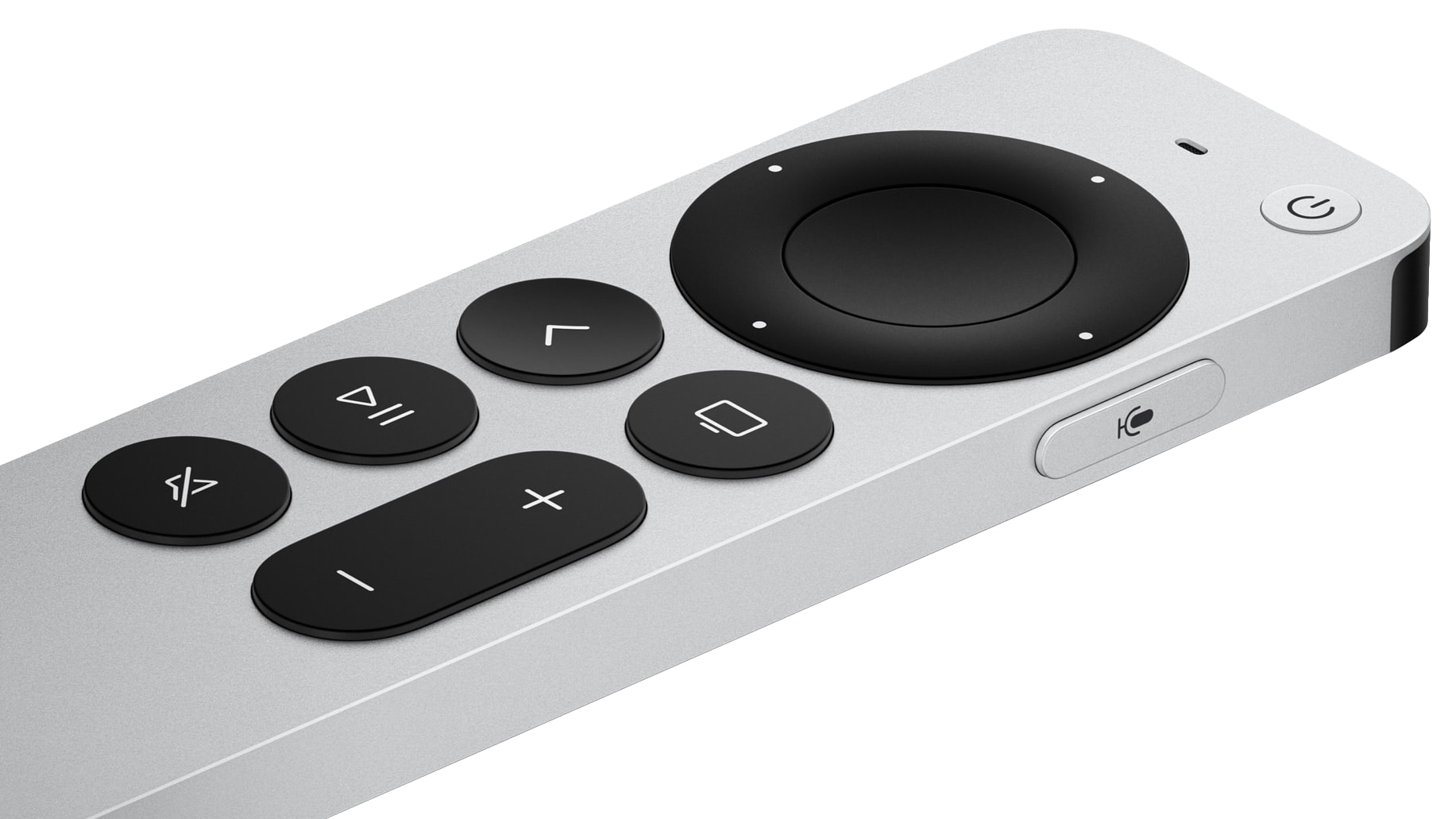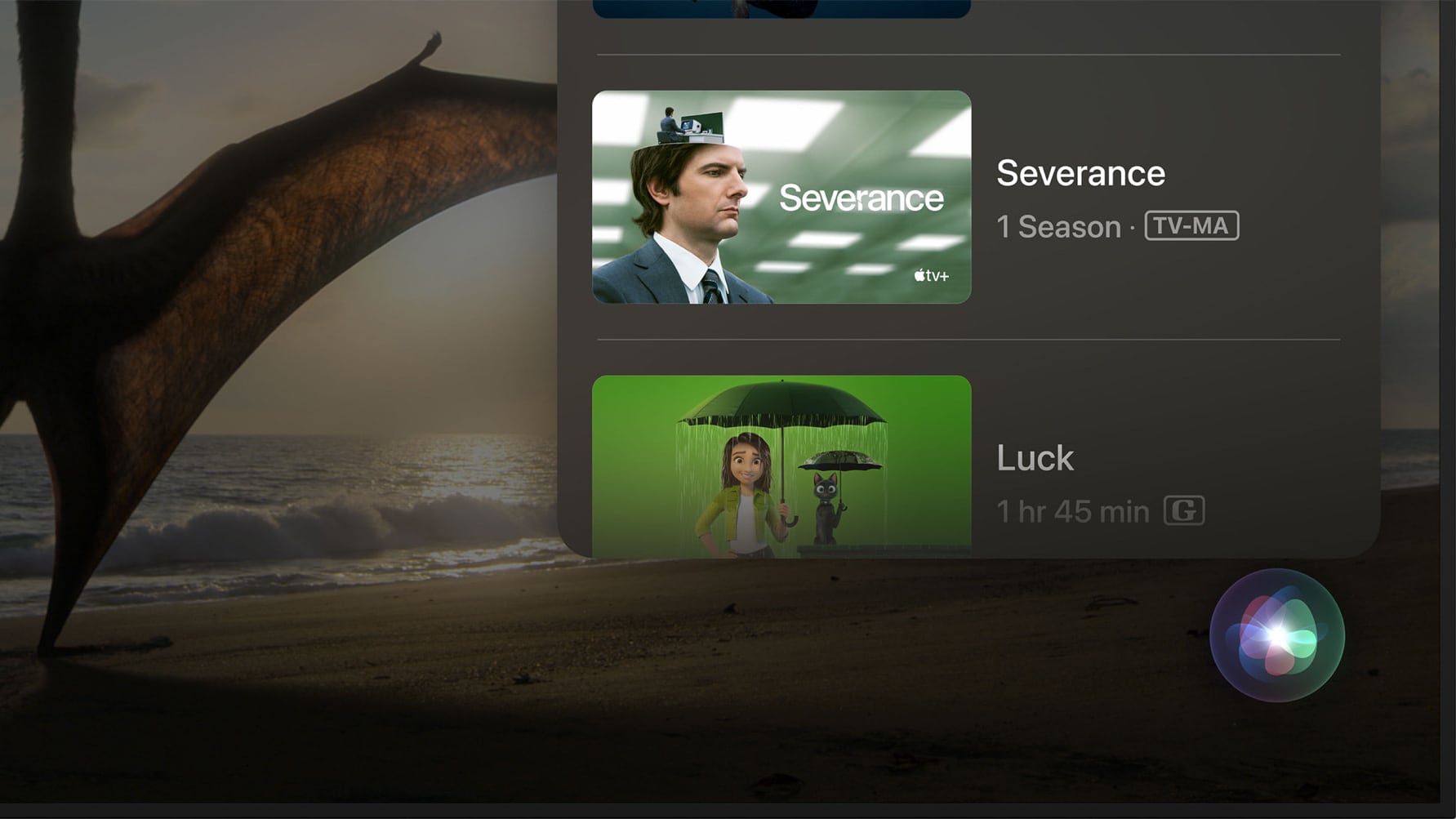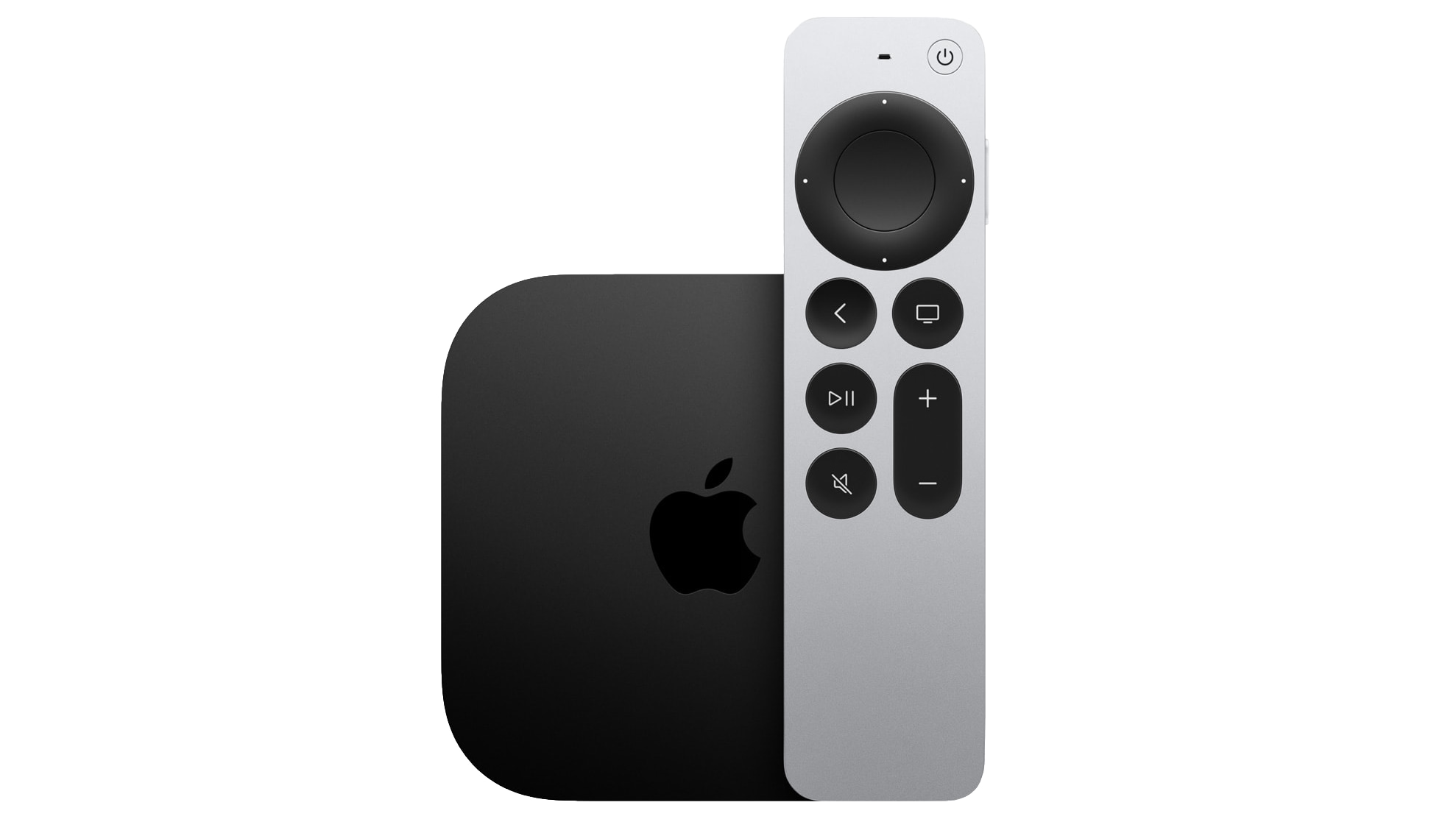The third-generation Apple TV 4K supports HDR10+ video thanks to the A15 Bionic chip which debuted in the iPhone 13. It also comes with a new starting price of $129.
The third-generation Apple TV drops on November 4

Apple announced the refreshed Apple TV 4K via a press release issued in the Apple Newsroom on October 18, 2022. The set-top box runs the A15 Bionic chip, supports HDR10+ video at sixty frames per second, has a more compact (fanless) design and a lower starting price, comes in two configurations and ships with a USB-C remote.
The A15 brings a 50 percent CPU and 30 percent faster graphics while using 30 percent less energy. The previous model ran Apple’s A12 Bionic chip from 2018.
The new box is more affordable. Whereas the second-generation Apple TV 4K started at $179, the new one is just $129 (unless you need wired connectivity, but more on that later). That’s pretty much all in terms of the new Apple TV 4K features.
The third-generation Apple TV 4K will arrive in stores on Friday, November 4, 2022.
The new Apple TV 4K does HDR10+ video
The newly-added support for outputting HDR10+ video comes in addition to the other HDR video standards that the previous model also supports such as Dolby Vision (HEVC, Profile 5), HDR10 (Main 10 profile) and HLG (Hybrid Log-Gamma).
HDR10+ is Samsung’s answer to Dolby Vision, which Apple’s devices have supported for years now. Read: Tips to set up your Apple TV the right way
Similar to Dolby Vision, HDR10+ adapts each frame of a video to the capabilities of the display device by leveraging additional information stored in the video file. Both Dolby Vision and HDR10+ are considered the most advanced HDR versions.
What do I need to watch the HDR10+ video?

To enjoy HDR10+ video, your Apple TV must be connected to a 4K-capable display that supports HDR10+ and uses compatible video content. The TV app and iTunes Store labels TV shows and movies available in this format with “HDR10”.
Support for HDR10+ video briefly appeared in the tvOS 16 beta, suggesting Apple might bring the feature to older Apple TVs. This probably won’t happen as Apple insists that the power of the A15 Bionic chip is required to support HDR10+ video.
Future iPhones, iPads and Macs could also gain support for HDR10+ video because the iOS 16, iPadOS 16 and macOS Ventura previews on Apple’s website had advertised the availability of this feature: “The latest generation of high dynamic range technology is now supported in the Apple TV app.”
The Siri Remote adopts USB-C for charging

The iPhone is scheduled to ditch Lightning in favor of USB-C in 2015. Apple accessories are also starting to adopt USB-C for charging, starting with a USB-C-enabled Siri Remote shipping with the new Apple TV 4K.
The updated remote looks exactly like its predecessor (which uses Lightning charging), and it works across all Apple TV 4K and Apple TV HD models.
Speaking of Siri, tvOS 16 brings a more compact Siri interface along with voice recognition. So now when you search with voice using your Siri Remote, tvOS 16 will recognize who’s speaking and deliver their own personalized recommendations.
On top of that, tvOS 16 now lets people in Chile, Finland and South Africa converse with Siri on their Apple TV using their native language and accent. Coming later this year, Siri support on Apple TV will arrive in Denmark, Luxembourg and Singapore.
Two models: Wi-Fi only and Wi-Fi + Ethernet

For pricing flexibility, Apple sells two models of the third-generation Apple TV 4K. One has only Wi-Fi networking and no Ethernet while the other supports both Wi-Fi and Ethernet (older Apple TVs supported both Wi-Fi and Ethernet).
The Apple TV 4K with Wi-Fi costs $129. Need Ethernet? It’ll raise the price to $149. The pricier model supports Gigabit Ethernet and Thread networking. Read: How to customize the Apple TV app settings for movies, shows and more
The other distinction between these two models is in storage: The Apple TV 4K with Wi-Fi has 64 gigabytes of onboard storage, with the Ethernet-enabled model providing twice the storage at 128 gigabytes. Both these models run Apple’s A15 Bionic chip and ship with the Siri Remote equipped with a USB-C port.
Pricing and availability
You can order your third-generation Apple TV 4K from apple.com/store, at a nearby Apple retail store or through the official Apple Store app [App Store link] on your Apple device. In addition, you can shop the device at authorized sellers and some pay TV providers may offer it as well.
The new set-top box will land on store shelves on Friday, November 4.
The third-generation Apple TV 4K costs $129 for the Wi-Fi-only model with 64 gigabytes of storage. The Wi-Fi + Ethernet model, which provides wired network connectivity, Matter support and double the storage, is $179.
The set-top box ships with the Siri Remote, updated with a USB-C port for charging instead of Lightning (it’s also available as a standalone purchase for $59).
Apple provides the optional AppleCare+ protection for your Apple TV, priced at $29. It extends your coverage to three years and includes unlimited incidents of accidental damage protection, each subject to a service fee of $15.
Don’t forget that Apple includes three months of Apple TV+ and Apple Arcade for free with every purchase of a new iPhone, iPad, Apple TV or Mac.
For further information, read Apple’s press release and visit apple.com/apple-tv-4k.